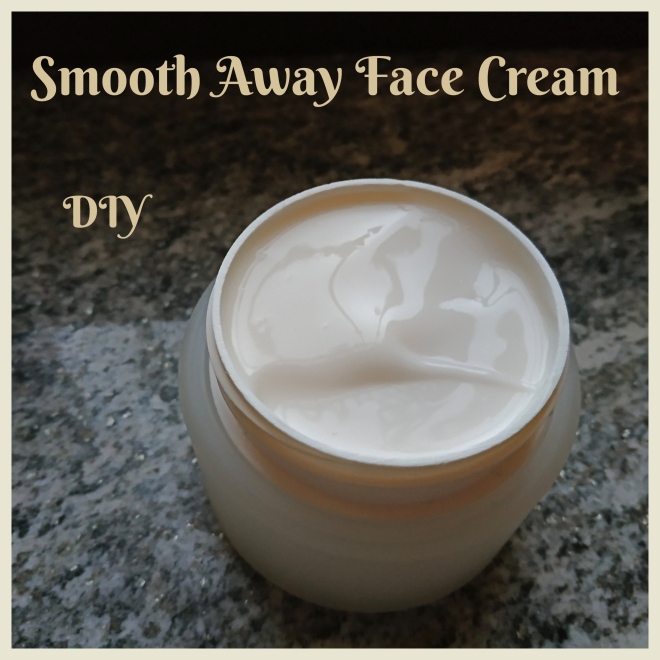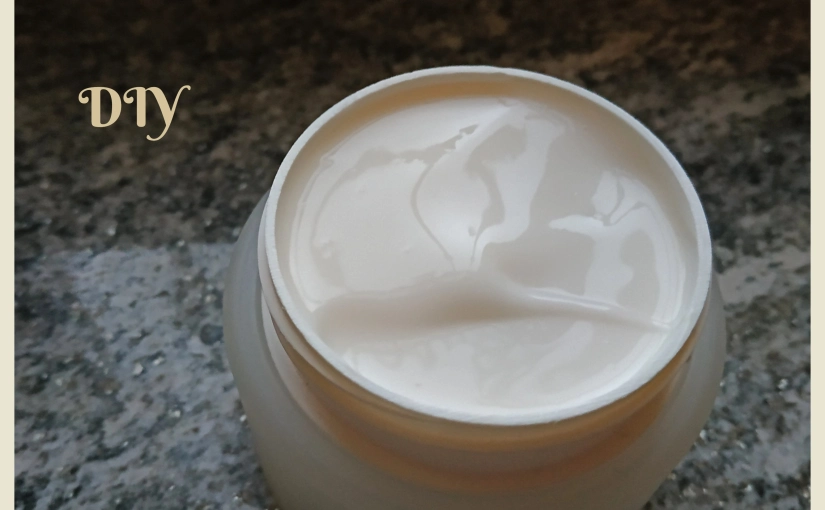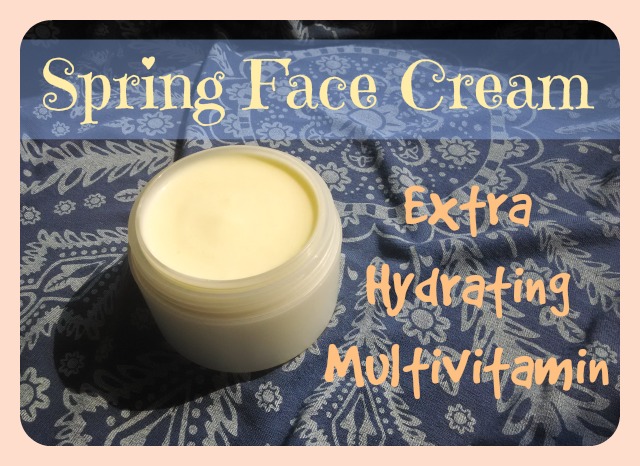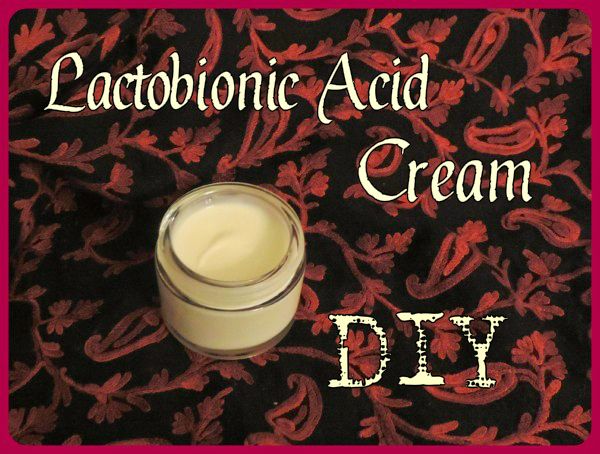Hello! 🙂

Right after posting the body-butter recipe I realized it was not good enough and so I started studying and studying how face and body creams are really made.
I have decided to make short posts to explain also to anybody who would like to learn, how they are done in real.
The subject is not the easiest thing, it needs a lot of studying and understanding but I will try to make things as simple as they can be 🙂
A very basic lotion is made of:
– water,
– oils/butters,
– emulsifier,
– preservative.
[Of course there are much more ingredients that can be added (like active ingredients or thickeners, for example), but I am starting from the basics so learn step by step and everything will be clear! 🙂 ]
Water and oils together give hydration (the water obviously is hydrating, but the oils or butters help the water to not evaporate… plus they give nutriments to the skin; but I will talk about this further on), the emulsifier keeps the water and the oils together 🙂 otherwise they would separate and that wouldn’t be anymore a cream (plus studies says that a cream, read “emulsified water and fats”, hydrate more than separated water and oils; which means that if you shake water and fats together and use them as a cream it will not hydrate you as much as if you made an actual cream with the same ingredients 😉 ).
At last the preservative saves the cream from the proliferation of dangerous bacteria (anytime you use water in something you produce by yourself, you need to use a preservative or you need to save your product in the fridge and use it in a few days only). I don’t know why but people dislike “preservatives” as if they were a terrible thing. They are not: there are many kinds of preservatives, some are eco-friendly (which doesn’t mean that they are like “fresh water”) some are not at all… you can choose accordingly to this, but bear in mind that using a preservative in your products is not an option (if this can make you feel better usually the % of preservative, which changes according to which one you are using, is only around 0.5%).
But now back to the ingredients:
WATER
It must be “demineralized” microbiologically pure water, you should be able to find demineralized water in supermarkets as the water used for ironing. There is a post which explain better on this HERE.
You could also use different kinds of hydrolized flower waters (like rose water, witch hazel…), choosing according to their properties (but keep in mind that many times they are expensive and they don’t have really strong properties… they can be considered more “poetic” than effective, which means that they almost only “sound good” 🙂 ).
BUTTERS and OILS
I am going to make a separate post about the choice of oils and butters because there are definitely too many things to say.
In a cream you should not use just one kind of fat: oils and butters should be balanced and chosen accordingly to the kind of cream you want to make, the purpose it has, the touch you want it to have… it’s not a matter of so called “miraculous” properties (actually the more you will study “how to make a cream” the more you will realize that NOTHING IS MIRACULOUS… but maybe I should make another post about this also 🙂 ), it is a matter of viscosity, density, feeling at the touch, spreading ability.
To make it very short: there are some rules you have to follow in order to make a balanced “fall” of fats in your cream.
EMULSIFIERS
Also the emulsifiers will have their own post.
Emulsifiers can be very different from one another: some must be heated until 70°C to work, some cannot be heated at all or they don’t work (so according to this difference you will have to change how you make the cream… you will see how in a second!); some are for W/O (read “water in oils”) and some are O/W (read “oil in water”) [everything will be explained, don’t worry 🙂 ]; some give a dry feeling to the cream, some a rich, or a light, or a very smooth touch.
Nothing is left to “chance” and as you start experimenting you will be able to experience the difference from one another.
But now… HOW TO ACTUALLY MAKE A LOTION/CREAM?






